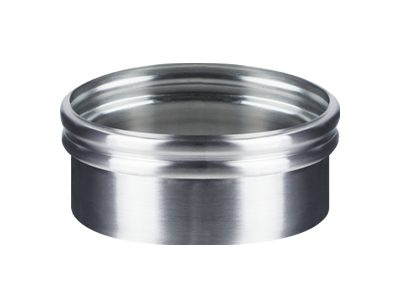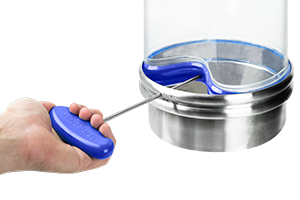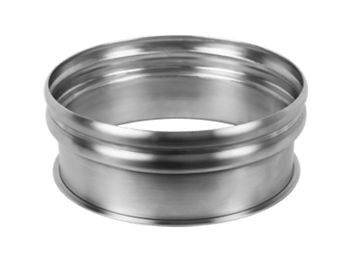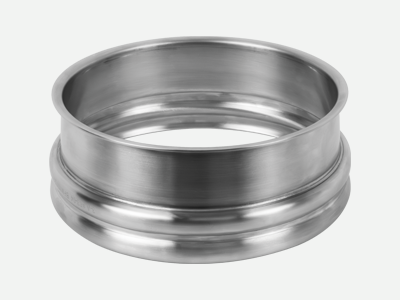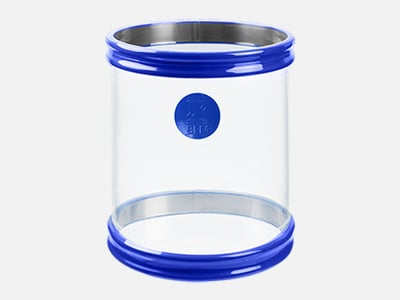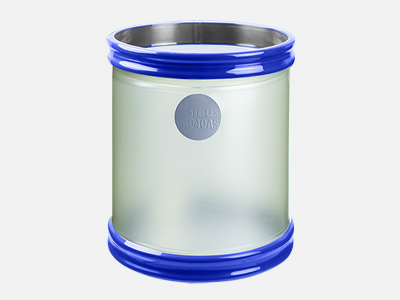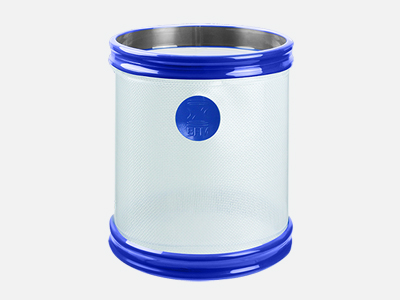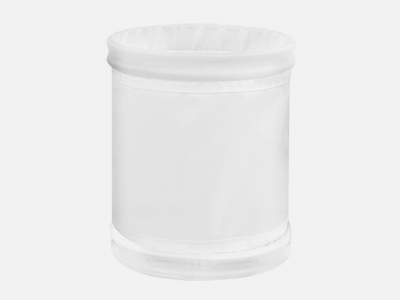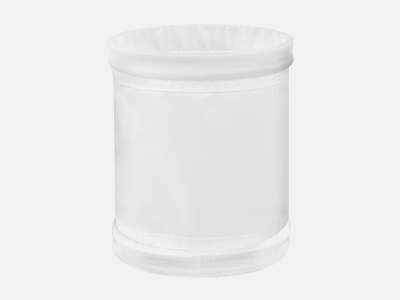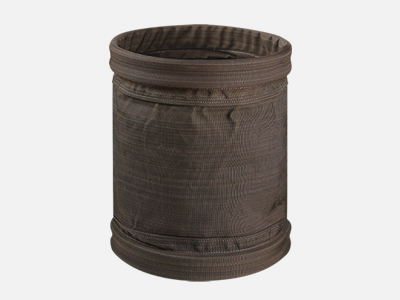Available in Stainless Steel T304L and T316L , as well as C22 Hastelloy. They are available in a range of exact sizes, eliminating the imprecise nature of hose-clamp sleeve type connection widths and ensuring a perfect fit with the BFM® connector.
Application
- The design is slightly tapered, so the OD at the top of the tail is 5mm / 13/64” greater than the base.
- 89mm (3 1/2") in total length - made up of a head of 37mm (1 29/64") and a 'tail' that is 52mm (2”) long.
- The tail can be easily cut down or cut on an angle to suit your existing tubing or pipework.
For applications where there is a possibility for static build-up, e.g. wood dust, flour, milk powder etc., we recommend using a static dissipative wire (strip), connecting the two BFM® spigots together.
